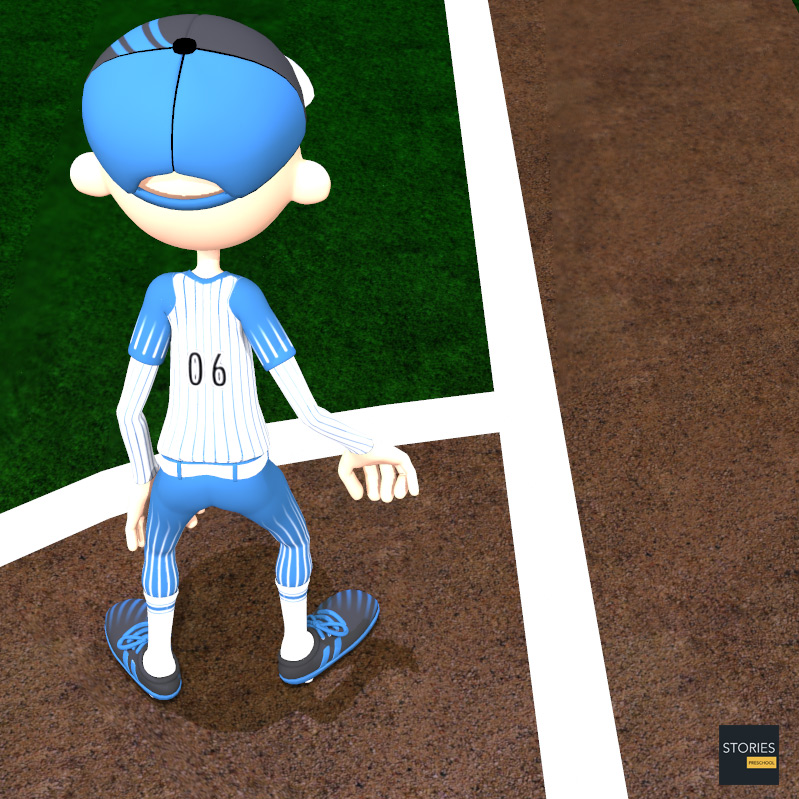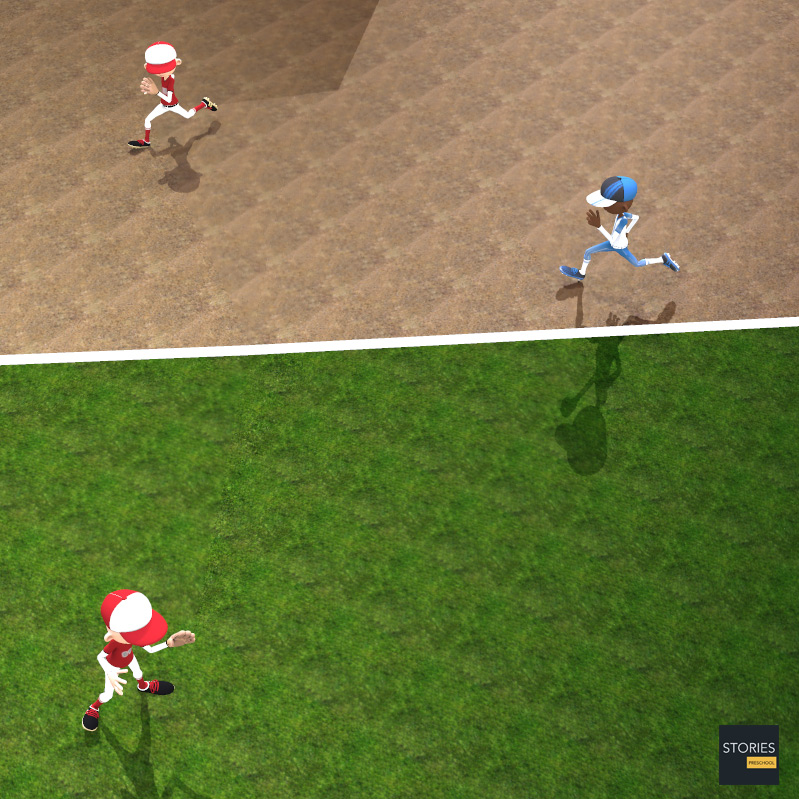Baseball

Baseball Small Ball
In the sport of baseball, small ball is an informal term for an offensive strategy in which the batting team emphasizes placing runners on base and then advancing them into scoring position for a run in a deliberate, methodical way. This strategy places a high value on individual runs and attempts to score them without requiring extra base hits, or sometimes without base hits at all, instead using bases on balls, stolen bases, sacrifice bunt or sacrifice fly balls, the hit-and-run play, and aggressive baserunning with such plays as the contact play. A commonly used term for a run produced playing small ball is a "manufactured run". This style of play is more often found in National League game situations than in the American League due in large part to the absence of the designated hitter in the National League.

Teams may incorporate a small-ball strategy for a variety of reasons, including:
- They are confident that their pitching staff will allow very few runs, thus one or two runs may win the game.
- The opposing pitching staff allows few hits, especially extra-base hits, and small ball may be the best way to score runs at all.
- The team lacks consistent hitters and must find a way to score runs with few base hits.
- The team has several members who are very quick and are likely to steal bases, or go from first base to third base on a single.
- The team is in the late innings of a close game and a single run will tie the game, break a tie, or extend a narrow lead.
Most commonly, managers will switch to small-ball tactics while a game is in progress, doing so upon the convergence of a variety of factors including having appropriate hitters coming up next in the batting order and, often, having fast runners already on base. A team could also start the game with the intention of playing small ball but then change from this strategy at some point during a game, depending on circumstances, such as when the opposing pitcher is struggling or has left the game or when the team is ahead or behind by several runs.
Background
Small ball is a contrast to a style sometimes called the "big inning", where batters focus more on drawing walks or getting extra-base hits and home runs. This may produce many innings with little but strikeouts and flyouts, but occasionally innings with several runs. By playing small ball, the team trades the longer odds of a big inning for the increased chances of scoring a single run. Specifically, small ball often requires the trading of an out to advance a runner and therefore usually reduces the number of batting opportunities that a team will have in a given inning.
Small ball was once the standard by which the game was played during the "dead-ball era" at the beginning of the 20th century, when both batting averages and home-run totals dropped to historic lows. Teams relied on bunting and stolen bases to score runs. The advent of new, cork-centered baseballs in 1910, as well as the outlawing of specialty pitches such as the spitball, saw a jump in batting averages and home runs.
Small ball has become less common because of the general trend toward smaller parks and more home runs, especially in the American League where the designated hitter rule further increases offensive power. However, all big league managers are still skilled at managing from a small ball perspective, as it is sometimes necessary, especially in critical games.
The general idea of playing small ball is much more widely accepted and used in Japan; many good hitters will frequently be asked to lay down a sacrifice bunt in favor of advancing a runner if the lead off batter reached first or second base (thereby resulting in the batting team having a runner on with no outs to start the inning).
Alternative Usages
Sometimes, the term may be used (also correctly, since it is an informal term) to refer to any of the parts of the broader strategy defined above. This may include a bunt single, the hit and run play, a sacrifice fly, or the contact play, etc.
"Small ball" can also be used to refer to any of the important but less glamorous techniques that individual players use to contribute to their team's success, such as a baserunner sliding toward a fielder to disrupt a potential double play, backing up other players in case of an overthrow, or taking an extra base during the defensive team's effort to throw out a fellow baserunner. The contact play is another example. With runners at second and third or just a runner at third, the runners automatically advance when they see that the ball was hit on a downward plane resulting in a ground ball. If the ball is thrown home from the pitcher or the third baseman in order to cut the runner at third down at the plate attempting to score, then his job is to get himself into a rundown to allow the batter to advance to second base. In this sense, it is the plays themselves, rather than the overall strategy, that are referred to as small ball.

When aggregated, such individual efforts can amount to small-ball tactics even when not deliberately deployed by a team's manager. For example, if a runner initially reaches base on an opposing team's fielding error when there are no outs, a series of individual moves can lead to run totals resembling those of the big-inning strategy but scored one at a time.
SPORTS

RESOURCES
This article uses material from the Wikipedia articles "Baseball" and "Small ball (baseball)", which is released under the Creative Commons Attribution-Share-Alike License 3.0.
© Stories Preschool. All Rights Reserved.












